(NLDO) - In the middle of the Indian Ocean exists a mysterious circular "gravity hole", where the sea level is more than 100 meters lower than other areas in the world.
According to Live Science, the giant dent in the Indian Ocean's surface now covers an area of up to 3.1 million square kilometers and is located about 1,200 kilometers southwest of India.
This is a circular ocean region where gravity is so weak that sea levels there are up to 106 m lower than other parts of the world. Discovered in 1948, the origin of this gravity hole known as the "Geoid low" remains a mystery.
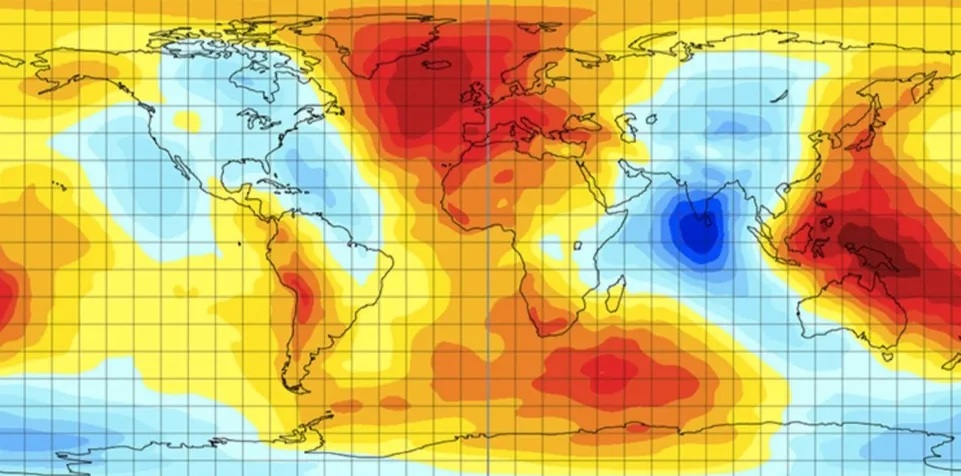
Global gravity map shows a hole in the Indian Ocean where gravity is weak and water levels are low - Photo: ESA
But a study published in the journal Geophysical Research Letters offers an interesting answer.
A team from the Centre for Earth Sciences at the Indian Institute of Science used 19 computer models to simulate the movements of the planet's mantle and tectonic plates over the past 140 million years.
These models point to one most likely reason: The death of an ancient ocean.
That ocean, named Tethys, existed between the supercontinents Laurasia and Gondwana.
Tethys sits on a tectonic plate - a piece of Earth's crust - that slid beneath the Eurasian plate during the breakup of the supercontinent Gondwana 180 million years ago.
Fragments of the crust that carried the Tethys ocean floor sank deep into the mantle, and by about 20 million years ago, it had reached the bottom of this layer, the part that meets the Earth's outer crust.
They replace high-density material from another mysterious structure that lies there, called the “ultra-low velocity zone,” which is thought to be the remains of the planet Theia that merged with the early Earth about 4.5 billion years ago.
This causes low-density magma to rise to replace the dense material, reducing the overall volume of the area and weakening its gravity.
Scientists have yet to confirm the model's predictions with earthquake data. However, other studies have since shown that Earth's deep magma is filled with strange blobs of material.
These spots are distinct from the surrounding material and must be something that was swallowed up and not completely mixed in, such as tectonic plates or extraterrestrial material.
This shows how complex the tectonic history of the Earth has been.
In addition, strange spots also appear in geological data of Mars, a planet believed to have been born with similar properties to Earth.
The data promise to help scientists build a complete picture of how rocky planets - Earth-like planets - evolve in the universe.
Source: https://nld.com.vn/ly-do-chet-choc-khien-mat-nuoc-an-do-duong-lom-sau-100-m-196241124082549789.htm


![[Photo] General Secretary and President of China Xi Jinping arrives in Hanoi, starting a State visit to Vietnam](https://vstatic.vietnam.vn/vietnam/resource/IMAGE/2025/4/14/9e05688222c3405cb096618cb152bfd1)





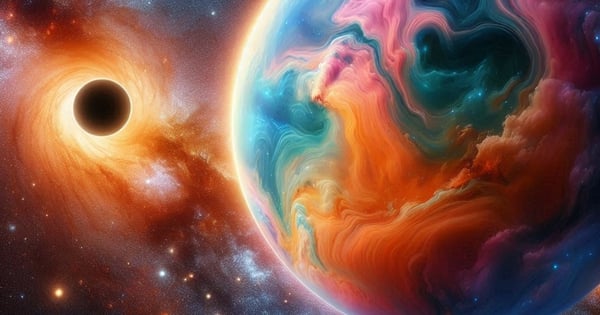
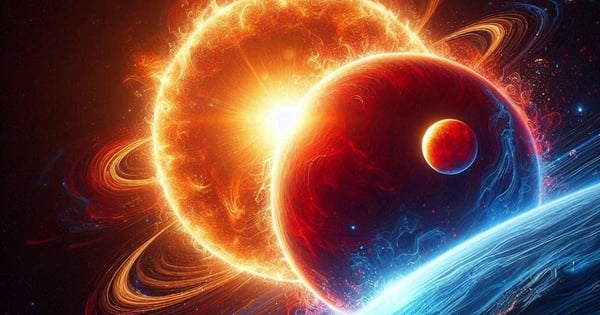




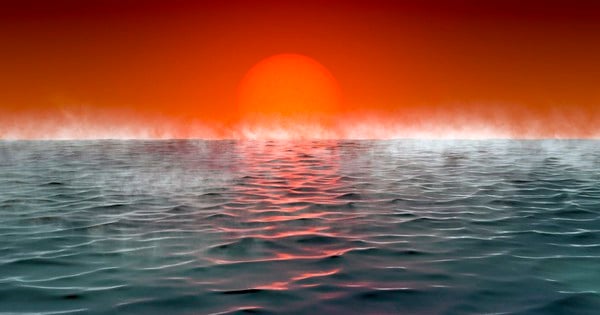
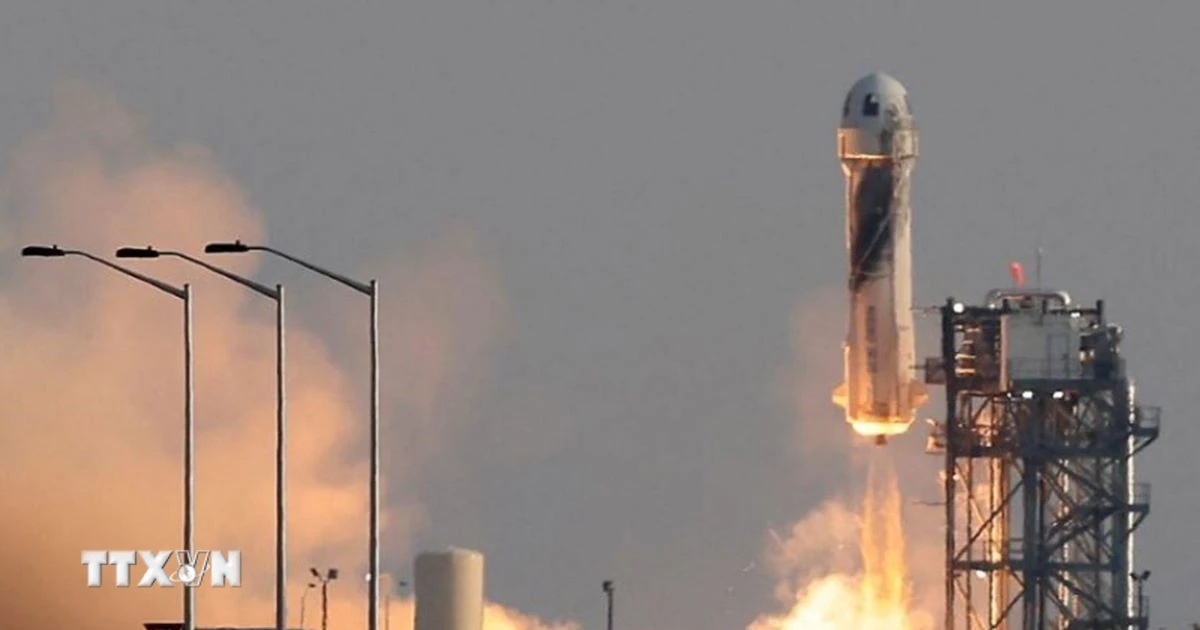






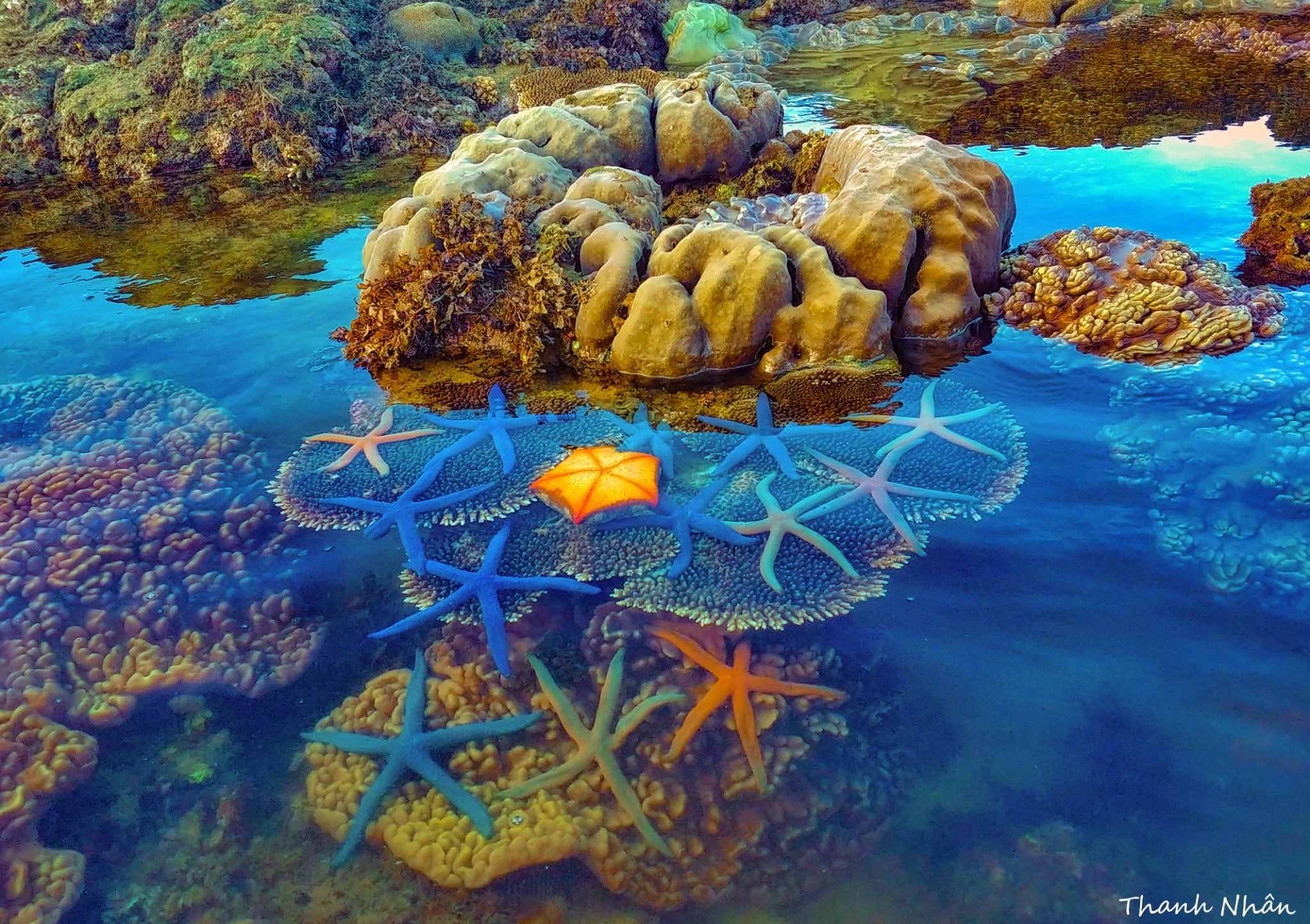







![[Photo] General Secretary To Lam chairs the third meeting to review the implementation of Resolution No. 18-NQ/TW](https://vstatic.vietnam.vn/vietnam/resource/IMAGE/2025/4/14/10f646e55e8e4f3b8c9ae2e35705481d)
![[Photo] Opening of the 44th session of the National Assembly Standing Committee](https://vstatic.vietnam.vn/vietnam/resource/IMAGE/2025/4/14/03a1687d4f584352a4b7aa6aa0f73792)
































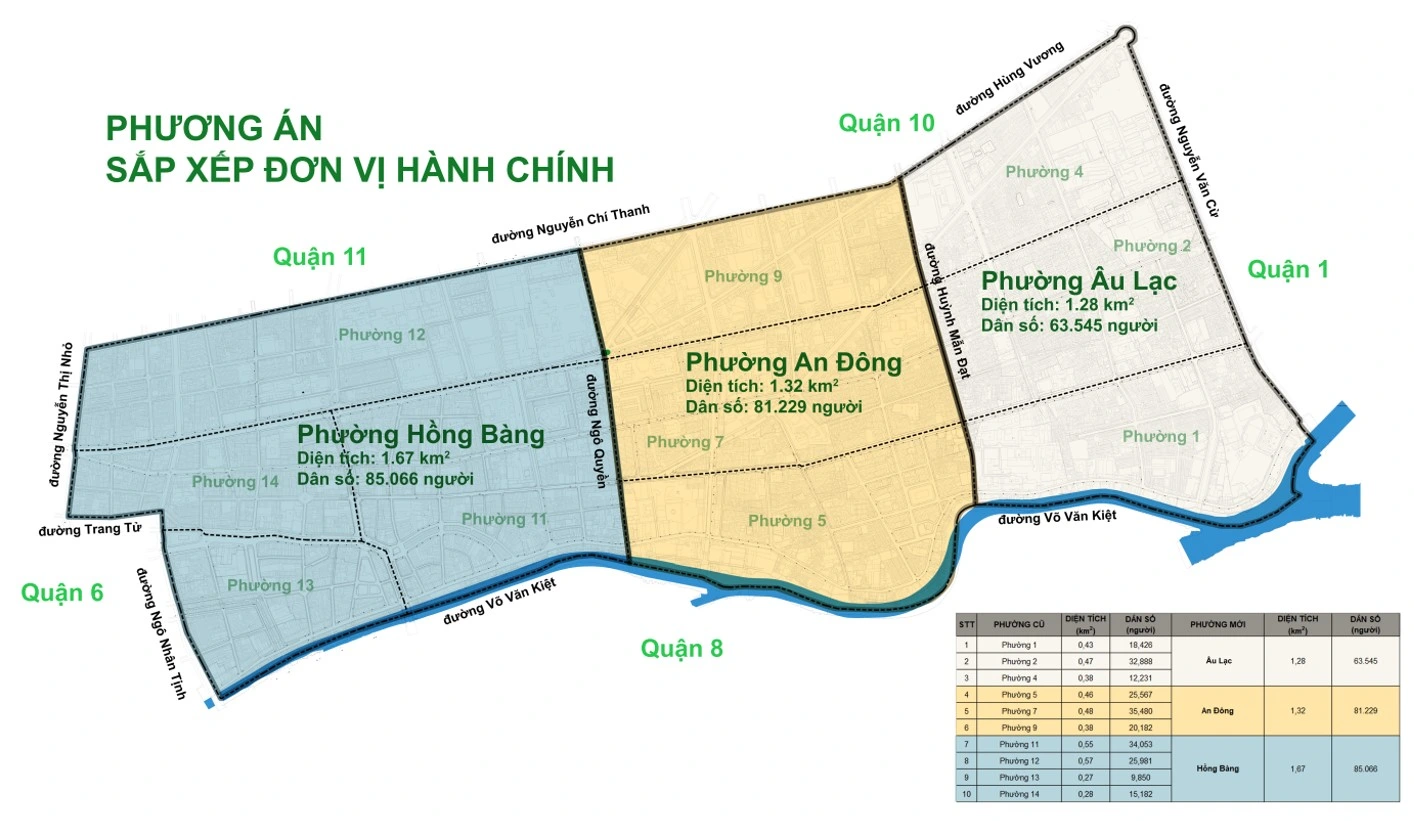



















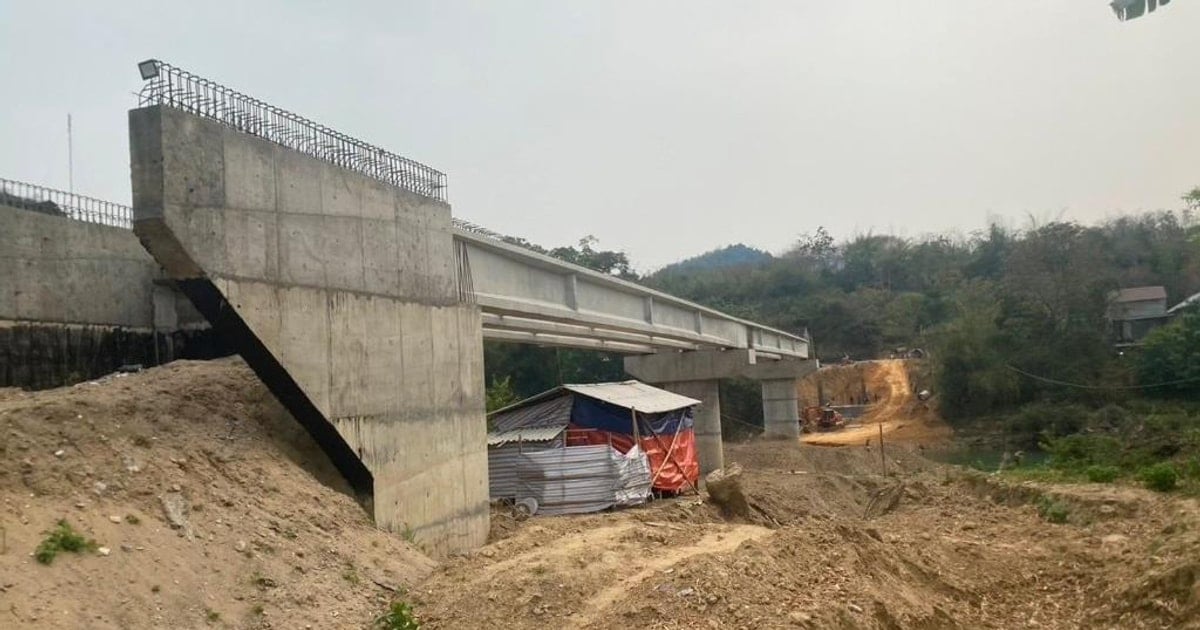











Comment (0)